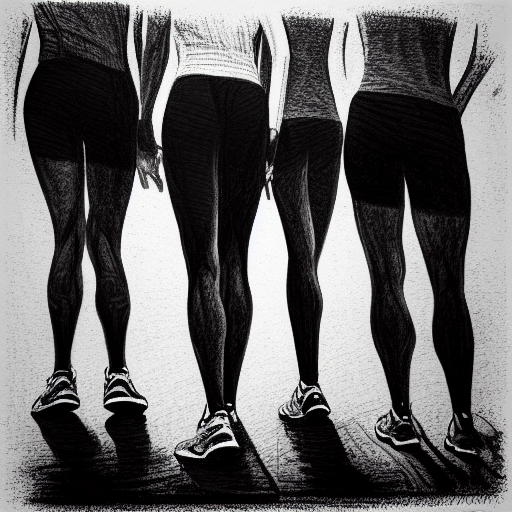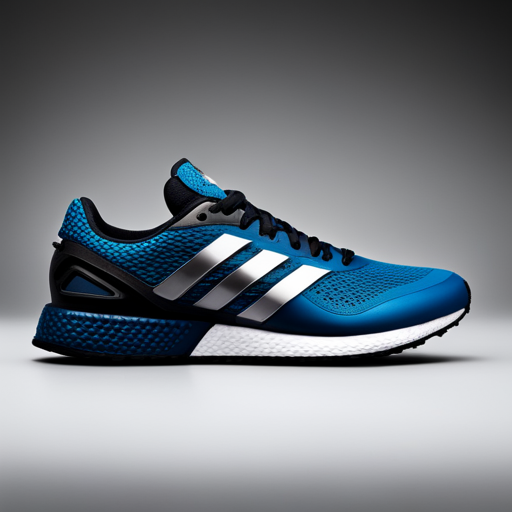If you’re reading this, chances are you’re considering running a marathon. Congratulations! You’re about to embark on a amazing journey. A marathon is a test of physical and mental endurance like no other, and there’s no better feeling than crossing that finish line after 26.2 miles.
Of course, successfully completing a marathon doesn’t happen by accident. It takes months of hard work and dedication to prepare your body for the rigors of race day. That’s why we’ve put together this list of the five rules you need to follow to make sure your training is on track.

5 Rules for Marathon Training
- Set a Goal
The first step to successful marathon training is setting a goal. What are you hoping to accomplish? Are you trying to beat a personal record? Qualify for the Boston Marathon? Or are you just looking to finish? Having a specific goal in mind will help keep you motivated when the going gets tough. - Get a Plan
Once you know what your goal is, it’s time to start making a plan. There are tons of great resources out there to help you choose the right training program based on your individual needs and goals. Some things to keep in mind as you’re choosing a program include the amount of time you have to train, how many miles you’re currently running per week, and any previous injuries you may have. - Find a Coach or Training Partner
If at all possible, try to find someone to coach you or train with you. A coach can help custom tailor your training plan to ensure you’re peaking at the right times and not doing too much too soon (which can lead to injuries). And training with a friend or group can make the time fly by and hold you accountable on those days when all you want to do is lounge on the couch instead of going for a run! - Be Consistent
Marathon training is not for the faint of heart—it takes months of hard work and dedication. The key to success is consistency. Even if you’re short on time, make sure you’re still putting in the miles each week and following your plan as closely as possible. Remember, even though it’s tempting to take shortcuts, they’ll only hurt you in the long run (literally!). - Take Time Off
Last but not least, don’t forget to take some time off! As important as it is be consistent with your training, it’s just as important—if not more—to listen to your body and take rest days when needed. Trust us, your body will thank you later!
Training for a marathon is no small feat—but it’s definitely doable with proper preparation (and following our five rules!). So lace up those running shoes and hit the pavement—you’ve got this!


